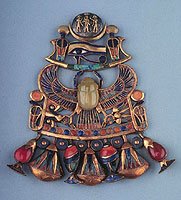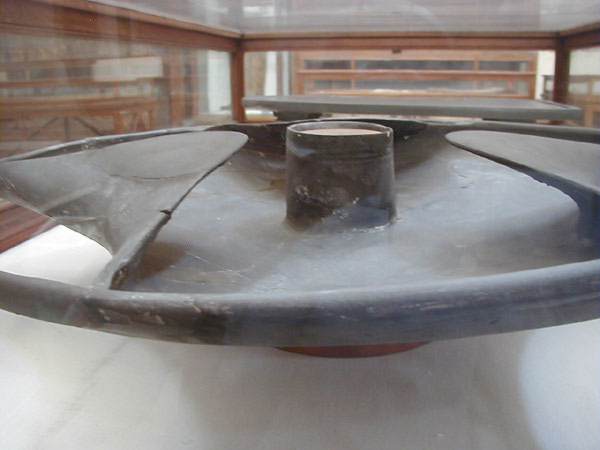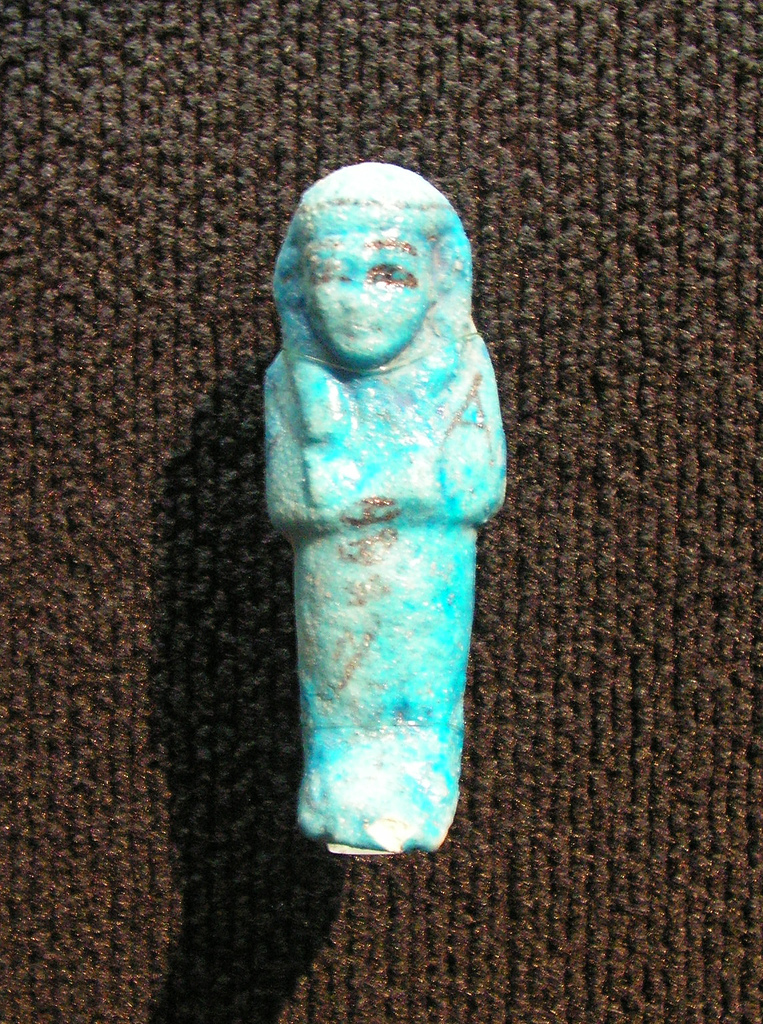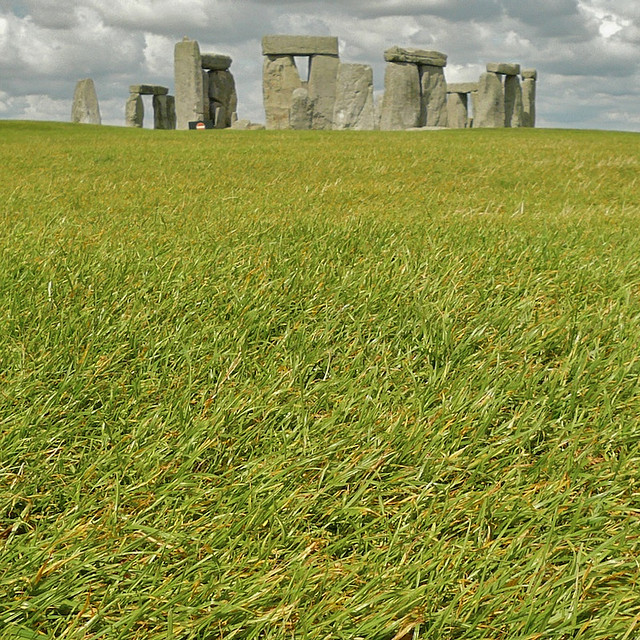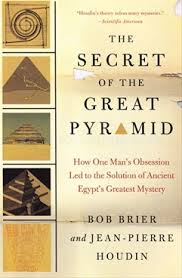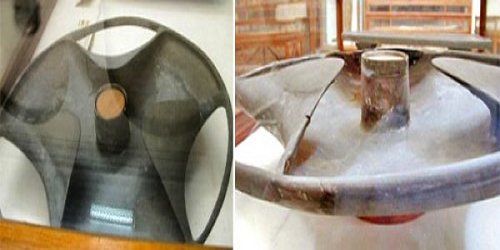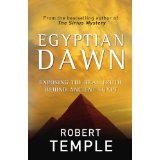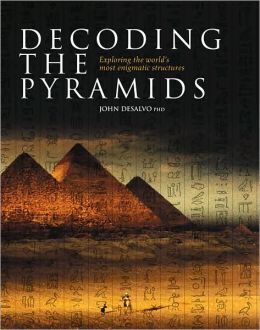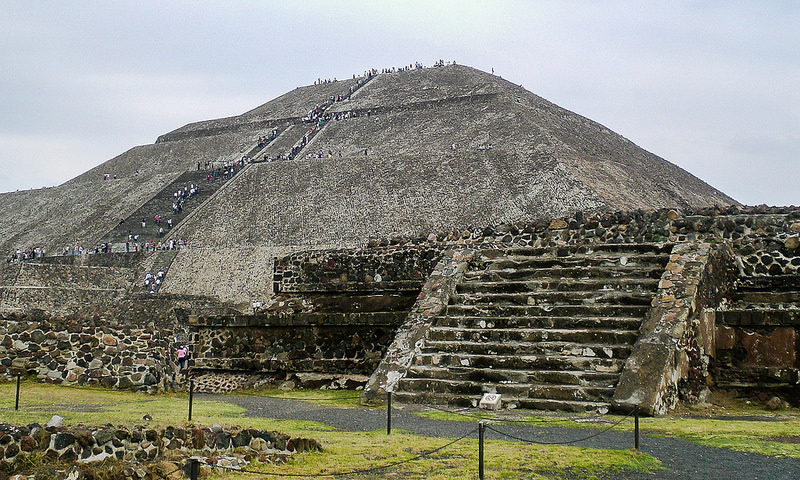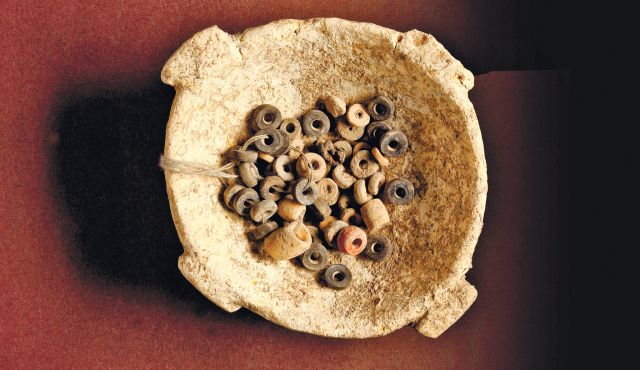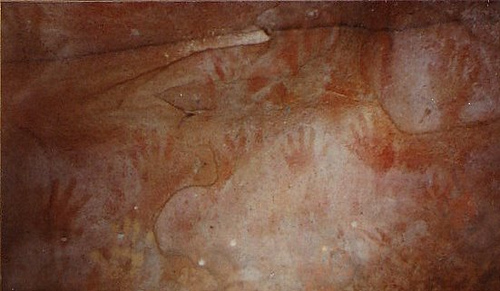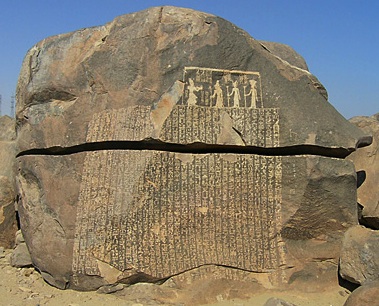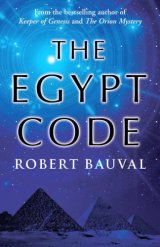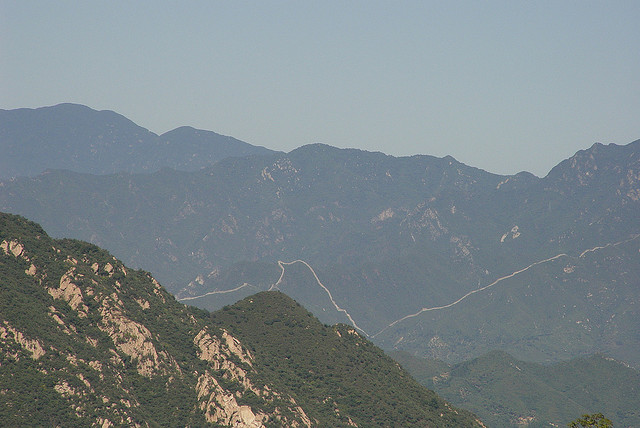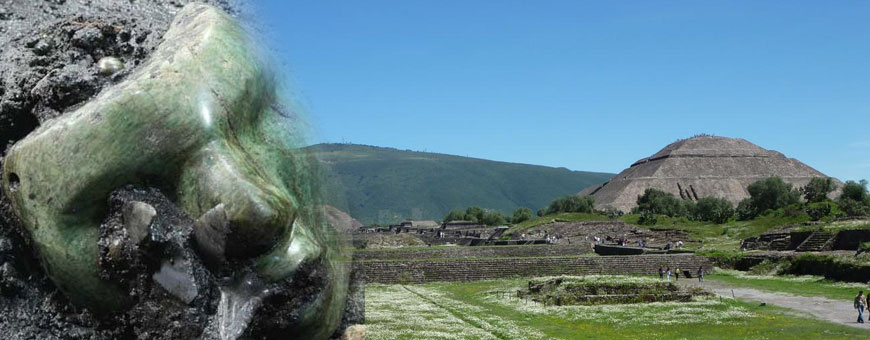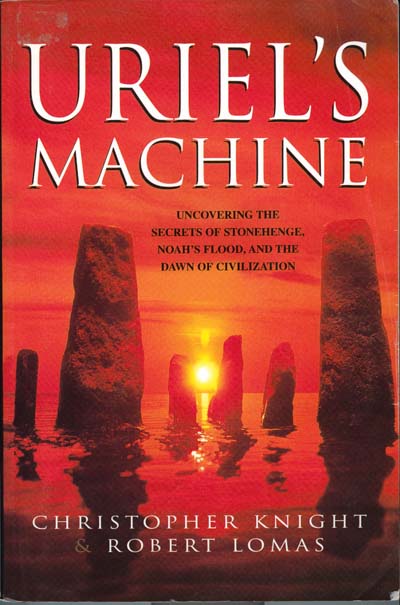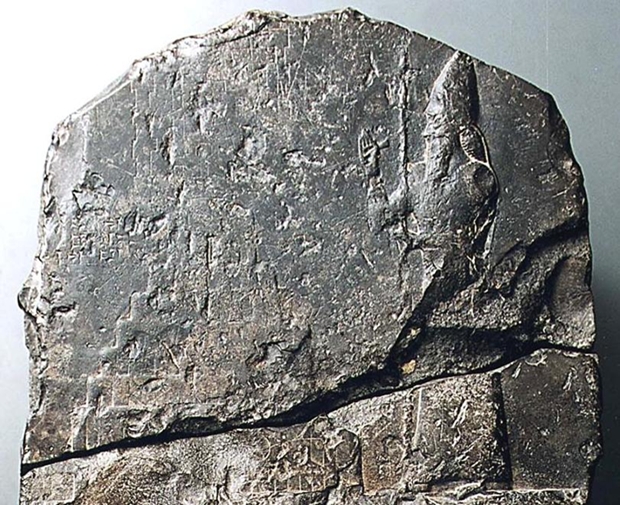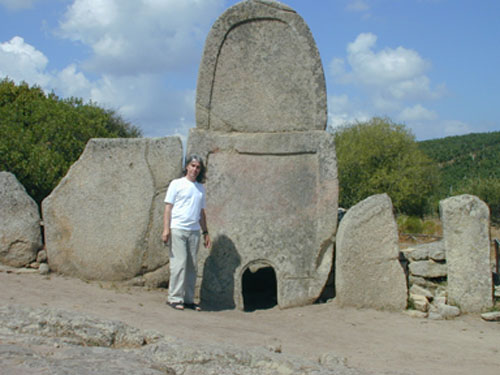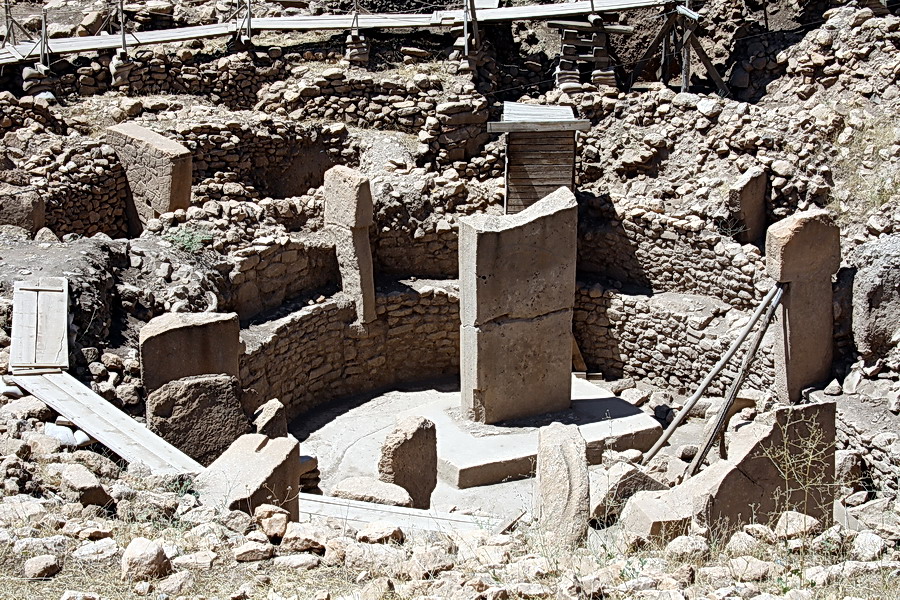Necklace from tomb of Tutankhamun includes a scarab beetle design using desert yellow/green glass found to be Libyan Desert Glass, or Silica Glass. (Not Chalcedony as Howard Carter had thought.) [ … ]
Archaeologists Uncover 25,000-year-old Pendant in Spain
A pendant some 25,000 years old has been found in the Irikaitz dig in northern Spain’s Basque region by archaeologists from the Sociedad Aranzadi. The piece, an oblong gray smooth [ … ]
Natron in Preserving Mummies and Ancient Faience
Natron worked to preserve the mummy in 3 ways: Dried the moisture in the flesh thereby inhibiting the growth of bacteria Degreased — removed moisture-filled fat cells Served as a [ … ]
Chinese Used Diamonds to Polish Sapphire-Rich Stone 5000 to 6000 Years Ago
Researchers have uncovered strong evidence that the ancient Chinese used diamonds to grind and polish ceremonial stone burial axes as long as 6,000 years ago and incredibly, did so with [ … ]
The Tomb of Sabu and the Ancient Schist ‘Bowl’
The ancient Mastaba of Sabu (Tomb 3111, c. 3100-3000 BC) was excavated by Walter B. Emery on January, 10th of 1936 at the plateau edge of North Saqqara, approximately 1.7 [ … ]
Egyptian Stone Vessel Production
The heyday of ancient Egyptian stone vessel production was the time between the late Naqada Period and the end of the Old Kingdom, when they produced large amounts of stone [ … ]
History of Egyptian Faience
Egyptian Faience is a glazed non-clay ceramic material. Whilst, as the name Egyptian Faience indicates its wide spread in Egypt, it was also found and manufactured in the rest of [ … ]
Welsh Burial Chamber offers Clue to Stonehenge
Archaeologists are researching the grave of an important figure they believe may have played a crucial role in the construction of Stonehenge. The burial chamber is sited above a ceremonial [ … ]
Counterweight Block used in Pyramid’s Grand Gallery
In their book, ‘The Secret of the Great Pyramid, Bob Brier and Jean-Pierre Houdin lead us to their ides that the Great Pyramid was built with an internal ramp with [ … ]
1st Dynasty Schist Bowl or Disc
The schist bowls, or discs, from the tombs of the first dynasty remain a mystery as to what they actually are, their purpose and how they were made. Generally everyone [ … ]
Ancient Schist Bowls were Molded from Liquid Stone?
Robert Temple, in his book, ‘Egyptian Dawn’, refers to the schist bowls from the tombs of the first dynasty and explains his view that they were cast, not carved or [ … ]
Interconnected Knowledge Required for the Study of Ancient Egypt
Robert Temple, in his book, ‘Egyptian Dawn’, makes the point many times that knowledge of Ancient Egypt is in a mess with many experts disagreeing the who what where when [ … ]
Notes of the Pyramids from ‘Egyptian Dawn’ by Robert Temple
In his book, ‘Egyptian Dawn’, Robert Temple explains his idea that the layout for the pyramids on the Giza plateau was set out and initiated by their requirement to have [ … ]
When Was the Great Pyramid Built?
It seems we still don’t have a firm idea as to who built the Great Pyramid and when. It seems very likely that Howard Vyse faked the quarry marks and [ … ]
Prospect of additional chambers in Great Pyramid
John Desalvo, in his book ‘Decoding the Pyramids’, has brought together a number of aspects of research found sporadically in work by others authors (pages 42 – 43), and which [ … ]
Luminescence and dating the construction of megalithic buildings
Is the method of luminescence, or exposure dating, one that can be, or has been, usefully applied to megalithic buildings, particularly those incorporating stone of high quartz content, the granite in the [ … ]
Sand in Cavities of the Great Pyramid
In 1986, French architects, Gilles Dormion and Jean Patrice Goidin, used a microgravimeter inside the Great Pyramid and, after boring 1″ holes several feet into the limestone, found cavities filled [ … ]
Mica in Mayan Pyramid and Temple
What were the reasons for the Mica found sandwiched between two upper levels in the Pyramid of the Sun in 1906 and ninety square feet of it found under a [ … ]
Do Feathers Reveal Neanderthal Brainpower
An interesting article by Erin Wayman for Smithonian, pub. September 24, 2012: Neanderthals have a reputation for being dumb brutes. While modern humans (Homo sapiens) were painting cave murals, sculpting [ … ]
Luxury Stone Age Objects Found in Israel
Archaeologists have found a collection of beads, flint and 7000-year-old ostrich drawings at Tzipori that shed new light on the life of the upper class in the stone age. The [ … ]
European Stone Age Cave Art Gets Older
Red disks, hand stencils and club-shaped drawings lining the walls of several Stone Age caves in Spain were painted so long ago that Neanderthals might have been their makers, say [ … ]
The Seven Year Famine on an Ancient Stela
On Sehel Island at Aswan Egypt, there is an amazing collection of over 250 rock inscriptions that were carved by priests that tell stories of the long history of the [ … ]
The Serdab at Saqqara
In his book, ‘The Egypt Code’, Robert Bauval refers to the Serdab located outside the north face of Djoser’s step pyramid at Saqqara. I hadn’t come across a Serdab before. [ … ]
Prehistoric Portraits Discovered in Mongolia
Eighteen cliff paintings, portraits, dating back over 4,000 years have been discovered by archaeologists in northern China’s Inner Mongolia Autonomous Region, an official said Sunday. The prehistoric portraits were unearthed [ … ]
The Sky, Order and Chaos
The following is an extract from a book called The Sky, Order and Chaos by Jean-Pierre Verdet and Anthony Zielonka which surmises and describes many aspects of wonder that our [ … ]
Mask Found – Pyramid of the Sun
Archaeologists discovered a series of deposits in the interior of the Pyramid of the Sun at Teotihuacan in Mexico. The team of researchers announced their findings after exploring the 65-metre [ … ]
Angels, Watchers and the Grooved Ware People
In the Book, ‘Uriel’s Machine’ authors Christopher Knight and Robert Lomas discuss the Book of Enoch and its references to ‘Angels’ and ‘Watchers’. They point out the confusion of differentiation [ … ]
Tower of Babel on Stele
A team of scholars has discovered what might be the oldest representation of the Tower of Babel of Biblical fame, they report in a newly published book. Carved on a [ … ]
Tombs of Giants – Nuragic Sardinia
Historical period: bronze age – iron age (1800/1000 BC) The Tombs of Giants, so called because of their gigantic dimensions, are another typical element of Sardinia’s megalithic period. Usually the [ … ]
Gobekli Tepe in Turkey
Ancient structures uncovered in Turkey and thought to be the world’s oldest temples may not have been strictly religious buildings after all, according to an article in the October issue [ … ]
